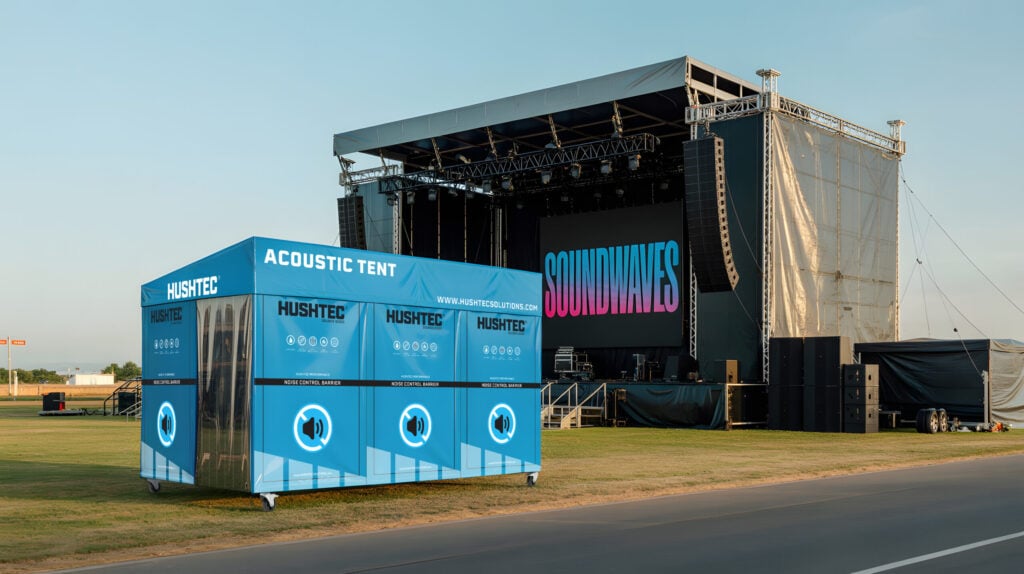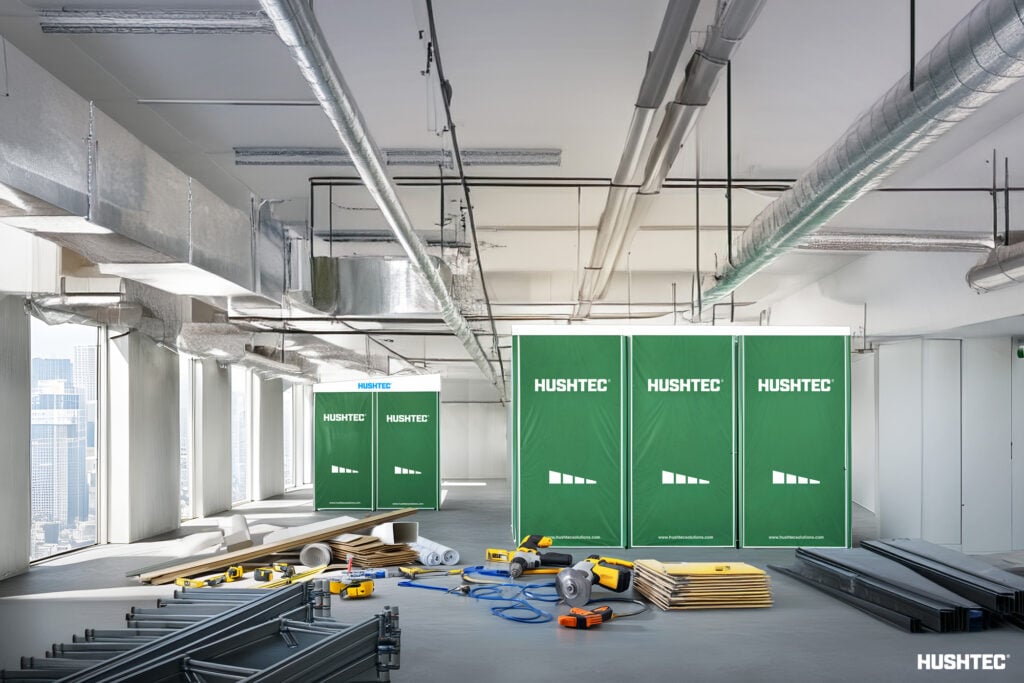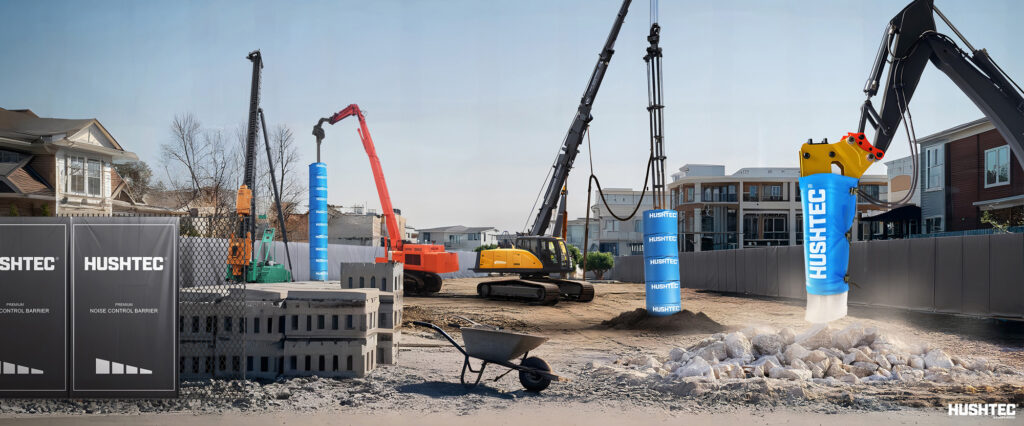Noise is one of the biggest challenges facing both construction projects and event organizers today. From early morning drilling to late-night festivals, unwanted noise can spark complaints, damage reputations, and even lead to regulatory fines.
That’s where temporary acoustic barriers come in. Flexible, effective, and easy to install, these solutions are transforming how industries manage noise pollution.
This guide will explore:
- What temporary acoustic barriers are
- The industries that use them most
- Key benefits and performance details
- How to choose the right solution
FAQs to help you make an informed decision
What Are Temporary Acoustic Barriers?
A temporary acoustic barrier (also called a temporary noise barrier or temporary soundproof wall) is a modular sound control solution designed to absorb, block, and deflect unwanted noise.
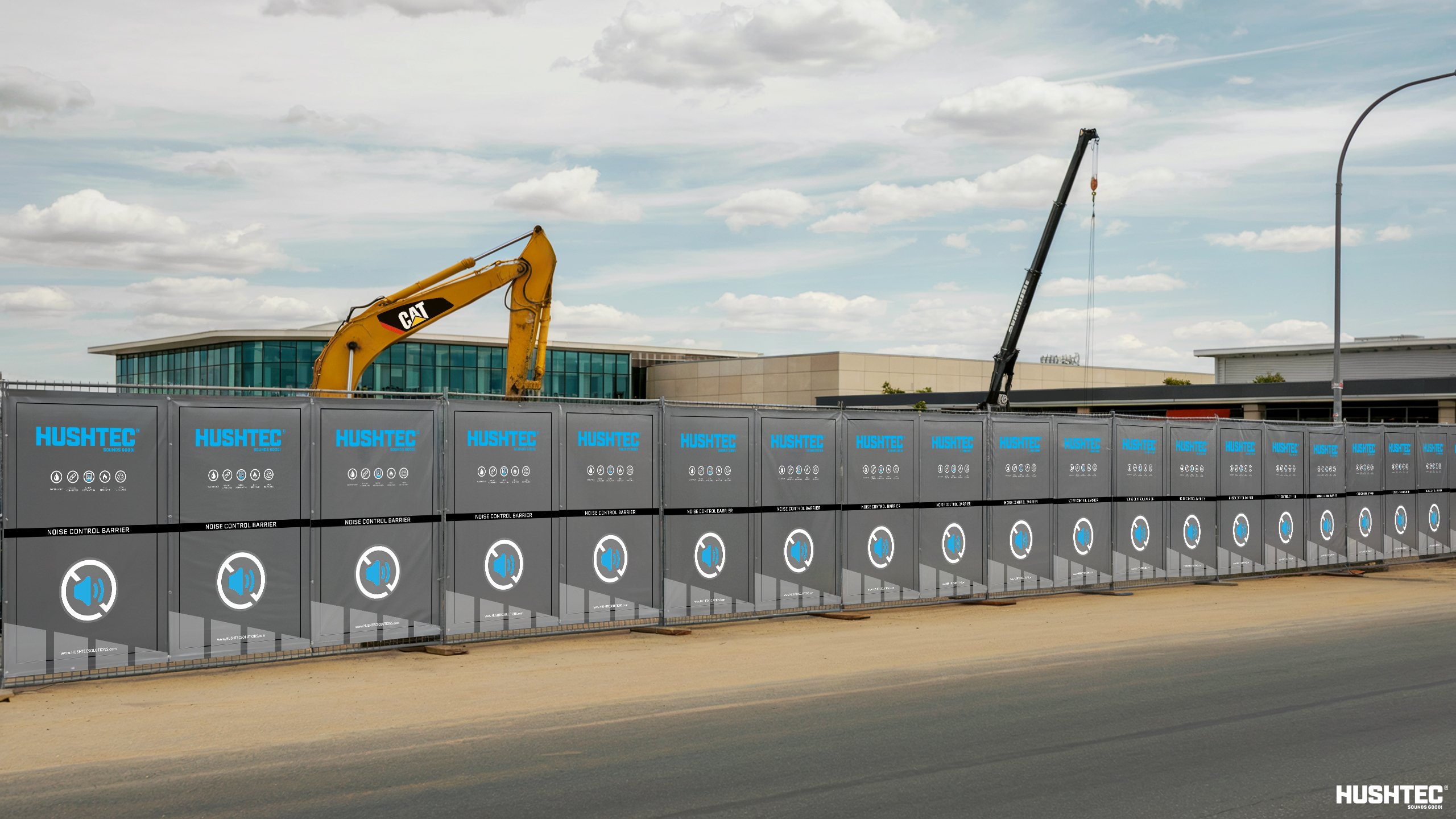
Unlike permanent structures, these barriers are:
- Portable: They can be installed, moved, and removed quickly
- Lightweight but durable: Made from weather-resistant fabrics with sound-absorbing cores
- Scalable: Barriers can be joined together to cover small or large perimeters
Performance range: The best systems reduce noise by up to 30–60-66dB decibels, significantly cutting the impact of construction machinery, amplified music, or industrial work.
Types of Temporary Acoustic Barriers
- Noise Blankets (Construction Focused)
- Hung on fences, scaffolding, or hoardings
- Provide flexibility and quick installation
- Popular for roadworks, demolition, and high-rise builds
- Temporary Soundproof Walls
- Freestanding modular panels
- Create enclosed perimeters or partitions
- Effective for both indoor and outdoor projects
- Acoustic Barriers for Tents
- Specialized liners and panels designed for soundproof tents
- Reduce sound bleed during festivals, weddings, or corporate events
Improve audio quality inside the tent by reducing echo
Why Temporary Acoustic Barriers Are Essential?
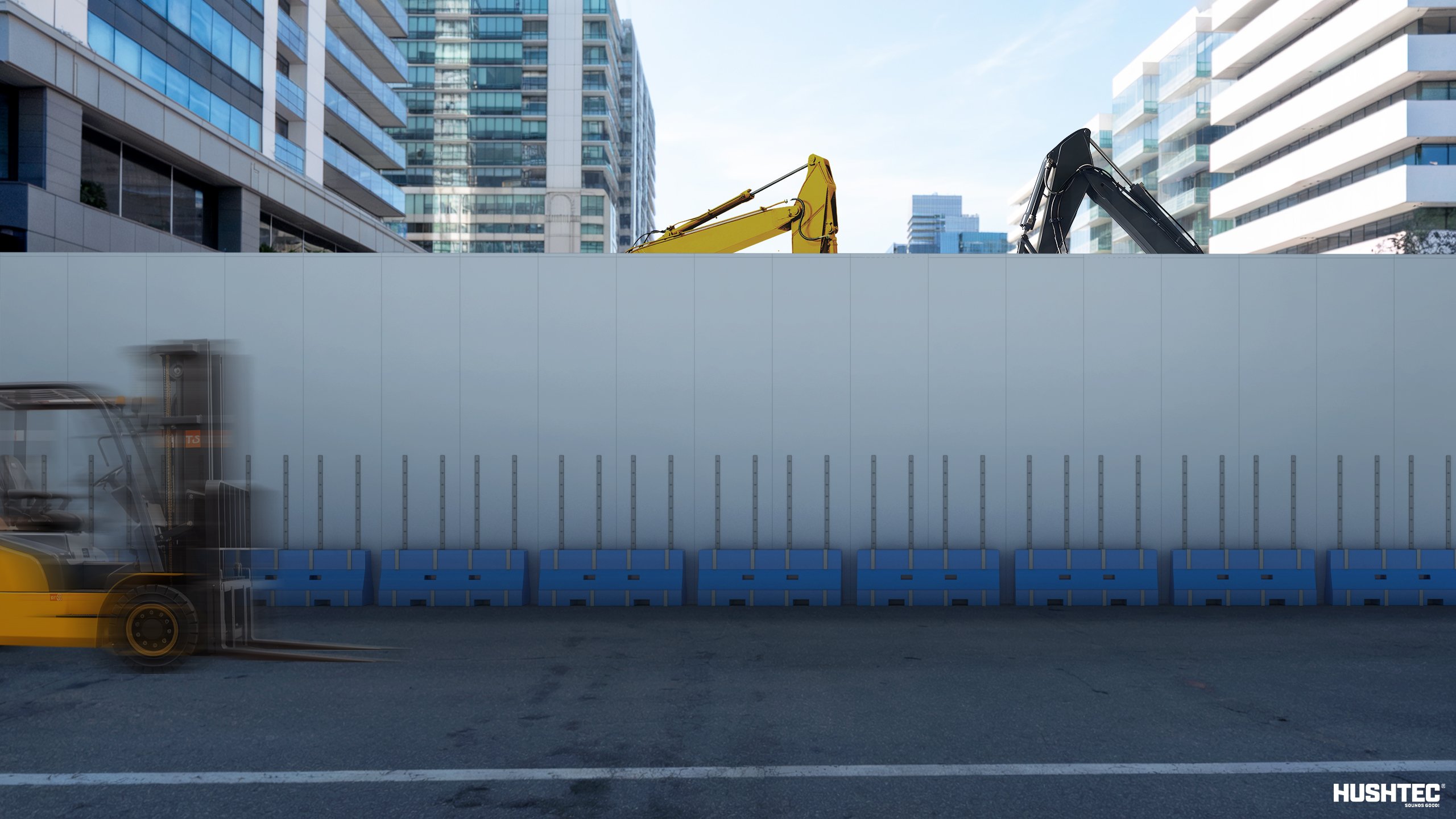
For Construction
Noise from drills, pile drivers, and generators doesn’t just irritate neighbors — it can halt projects. Many cities enforce strict noise ordinances, and exceeding decibel limits can result in fines or work stoppages.
Temporary construction noise barriers:
- Reduce sound impact on nearby residents
- Help meet environmental compliance standard
- Protect workers by lowering background noise
For Events
Festivals, concerts, and outdoor weddings must balance energy and enjoyment with respect for the surrounding community.
Acoustic barriers for tents and stages:
- Prevent sound bleed
- Enhance guest experience with cleaner sound inside venues
- Allow event organizers to meet local noise regulations
For Commercial Spaces
Renovations in office buildings, hospitals, or schools require discretion. Temporary soundproof walls can section off noisy work areas, minimizing disruption.
Key Benefits of Temporary Noise Barriers
- Regulatory Compliance
Stay within legal noise limits and avoid costly fines. - Community Relations
Reducing disruption improves relationships with neighbors and local councils. - Flexibility & Reuse
Unlike permanent barriers, temporary options can be reconfigured across multiple sites or events. - Cost-Effectiveness
More affordable than permanent installations when used for short- to medium-term projects.
Proven Acoustic Performance
High-performing materials provide measurable reductions in noise complaints.
How to Choose the Right Temporary Acoustic Barrier?
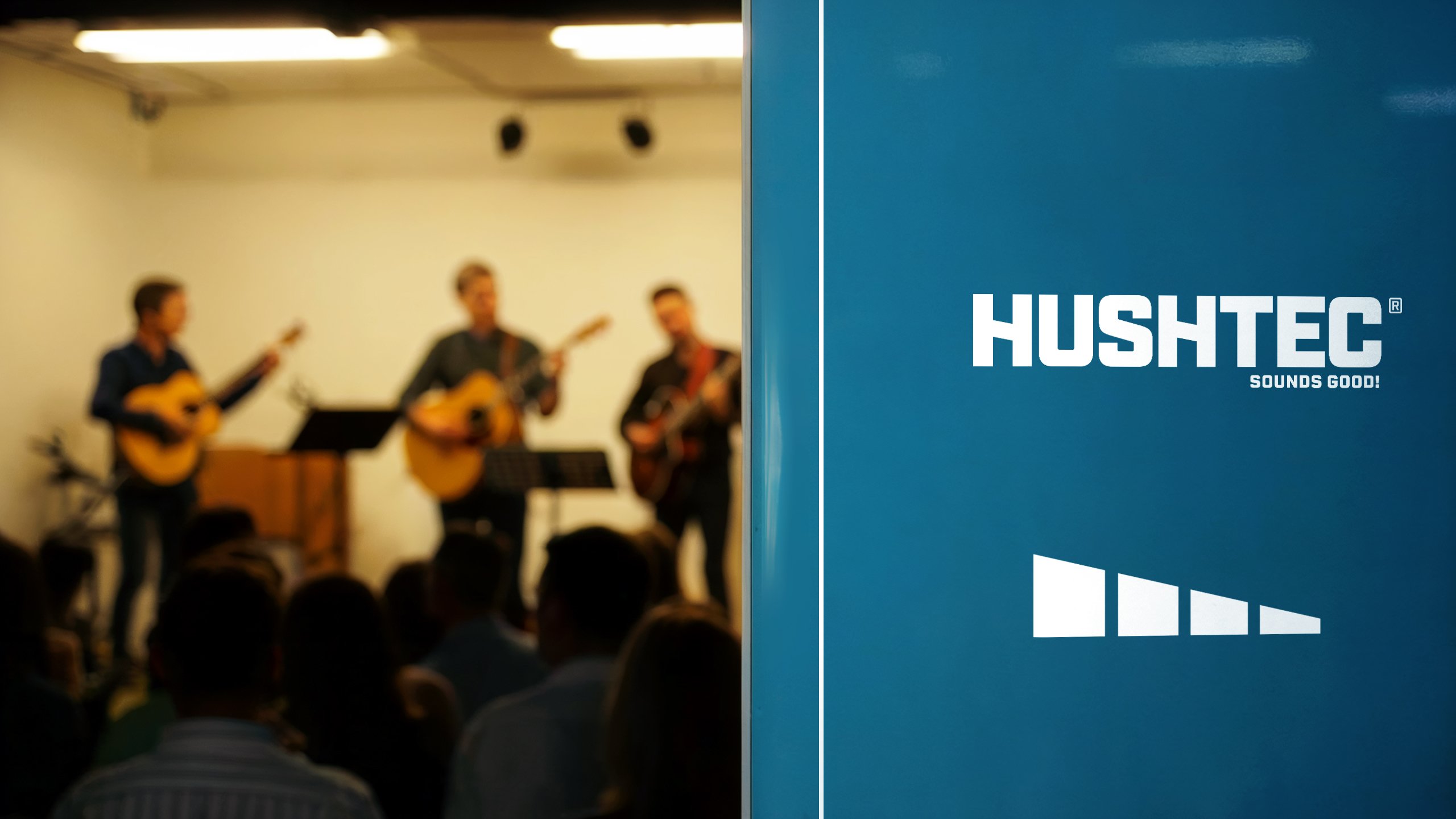
- Assess Noise Levels: Measure peak dB output to determine the performance rating you need.
- Consider Duration: Short events may only require lightweight solutions, while long-term builds need heavy-duty materials.
- Evaluate Environment: Outdoor construction sites need weather-resistant materials; event tents may need aesthetic-friendly options.
- Installation Factors: Some barriers clip onto existing fencing, while others require modular frames.
Case Study Example
Urban Construction Project
A contractor working in a busy downtown area faced daily complaints due to early morning drilling. After installing noise blankets on perimeter fencing, they achieved a 70% reduction in measurable noise levels. Complaints stopped, and the contractor avoided regulatory penalties — keeping the project on time and within budget.
Frequently Asked Questions
Q: How effective are temporary noise barriers?
A: High-quality barriers can reduce sound levels by 60-66 dB, depending on configuration and materials.
Q: Can I use acoustic barriers for both indoor and outdoor projects?
A: Yes. Noise blankets and temporary soundproof walls are weather-resistant for outdoor use, while modular panels are suitable for indoor fit-outs.
Q: How fast can they be installed?
A: Most systems can be deployed in a matter of hours. For example, a medium-sized site can be enclosed within a single workday.
Q: Are they reusable?
A: Yes. Temporary acoustic barriers are designed for reuse across multiple projects, making them a cost-effective long-term investment.
Q: Do acoustic barriers completely eliminate noise?
A: No barrier eliminates 100% of sound, but temporary noise barriers drastically reduce noise levels, making them manageable and compliant with regulations.
Conclusion
From construction sites to event venues, temporary acoustic barriers are an essential tool for controlling noise pollution. They’re flexible, cost-effective, and proven to protect communities from excessive sound.
Whether you need noise blankets for construction, a temporary soundproof wall for indoor renovations, or an acoustic barrier for tents, the right solution will help you:
- Stay compliant
- Reduce complaints
- Deliver successful projects and events



